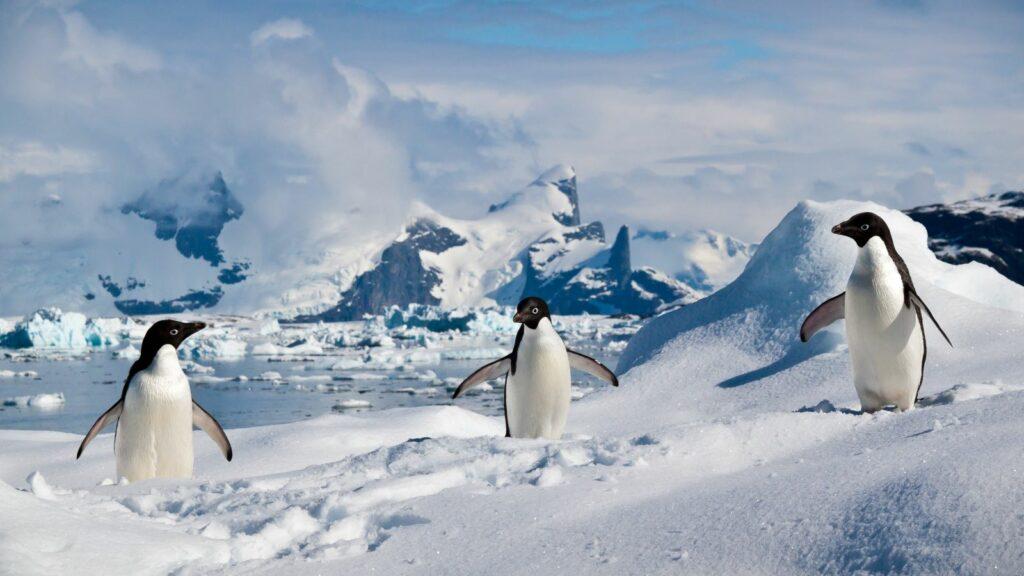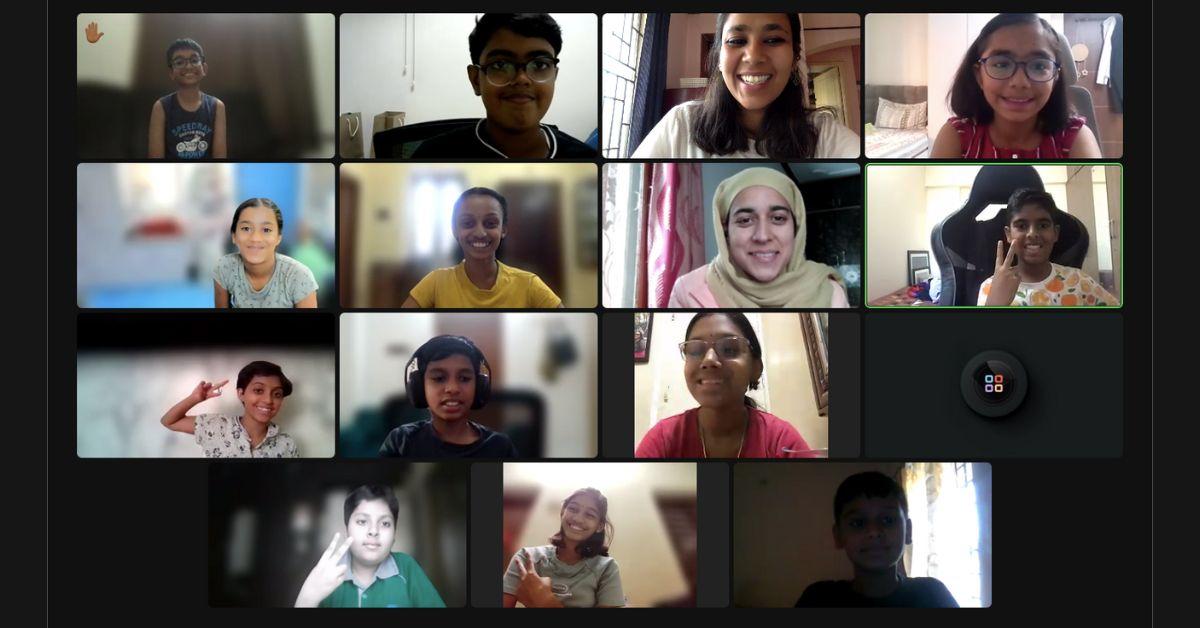The Young Birders’ Workshop (YBW) 2024 has just concluded, leaving behind a trail of fond memories and a wealth of knowledge gained by enthusiastic participants. This year’s workshop coincided perfectly with the breeding season of many birds, offering the young birders a unique opportunity to observe bird nests and witness firsthand the wonders of bird life.
Nests Galore
With the workshop set during the breeding season, participants were able to engage in numerous observations of bird nests. These observations provided real-time learning about the nesting behaviours and parental care exhibited by different bird species. The young birders eagerly noted the variety of nests, the types of materials used, and the diligent efforts of parent birds in raising their chicks.
Sharing Classes: A Platform for Enthusiastic Observations
The sharing classes were a lot of fun and learning. Participants brought their observations and stories to these sessions, sparking lively discussions and a deeper understanding of bird behaviour. The enthusiasm was palpable as each child shared unique sightings, be it a rare bird encounter or an amusing bird activity. Participants learned as much from each other as they did from the instructors.



Applying Learnings On the Go
Several participants travelled during the workshop, bringing an added dimension to their learning experience. They applied the principles of nature journaling, keen observation, and listening to bird calls in new environments. It was rewarding to see how the skills acquired during the workshop were put into practice, enriching the travel experiences of these young birders and allowing them to make detailed observations across different habitats.
Spotlight on Penguins, Flamingos, Hornbills, and Cuckoos
There were lively discussions during the workshop about fascinating bird species and their unique adaptations.
Penguins and Their Adaptations
The participants were particularly intrigued by how penguins care for their eggs and young ones in such harsh conditions. The discussions covered their breeding behaviour, migration patterns, and the physical adaptations that enable them to thrive in icy waters.

Flamingo Migration
There was also a discussion on why and how flamingos migrate, emphasising the incredible journeys they undertake. The vibrant images of flamingo flocks and their graceful movements added a visual delight to the learning experience.

Hornbill Nests
The unique nesting style of hornbills was a focal point during the ‘The Life Cycle of a Bird’ theme class. A participant’s story about a hornbill pair nesting near their home brought the discussion to life, providing a tangible connection to the topic.

Brood Parasitism
Brood parasitism in cuckoos led to many interesting questions about the interactions between host birds and cuckoos. The participants pondered over how host birds often fail to recognize the foreign eggs and chicks in their nests, leading to a lively exchange of ideas and theories.

Energising Games
To keep the energy levels high, the workshop included several interactive games. Two favourites were “Elemental” and “Act Like A.”
Elemental
In this game, each element of life – fire, water, air, earth, and space – was associated with an action. Participants had to perform the corresponding action for nature-related prompts, making it a fun way to connect with natural elements.
Act Like A
This game requires kids to enact cues from nature, such as falling leaves or imitating animals and birds through actions and sounds. This game was a hit, combining creativity with physical activity.

Concluding Party
The workshop concluded with an online party filled with bird-themed games:
- Identify the Bird on the Flashcard: Participants had to name the bird depicted on flashcards, testing their identification skills.
- Bird Atlas: Similar to World Atlas, this game involved naming birds starting with the last letter of the previous bird name mentioned, such as saying “Toucan” if the previous bird name was “Barbet.”
- Picto-Bird: A drawing game where participants illustrate birds using different images for others to guess.
- Two Truths One Lie: This game involved participants making three statements about nature, with others guessing which one was false. For example:
– Elephants walk on their toes.
– Hummingbirds are found in India.
– Eggshell and chalk are made up of the same chemical compound.
Here, the second statement is the one that’s false. In reality, hummingbirds are not found in India.
The Young Birders’ Workshop 2024 was a success, fostering a love for birding and nature in young hearts. The combination of in-depth learning, practical application, and fun activities ensured that every participant walked away with enriched knowledge and a deeper appreciation for birds. Here’s to hoping that the next workshop is just as fruitful and inspiring!
Learn more about the Young Birders’ Network and follow Early Bird’s WhatsApp Channel to stay updated.


Wah! After reading the report, it seems that the workshop would be fun-filled yet knowledge bursting for participants. What a memorable activity in vacation time!